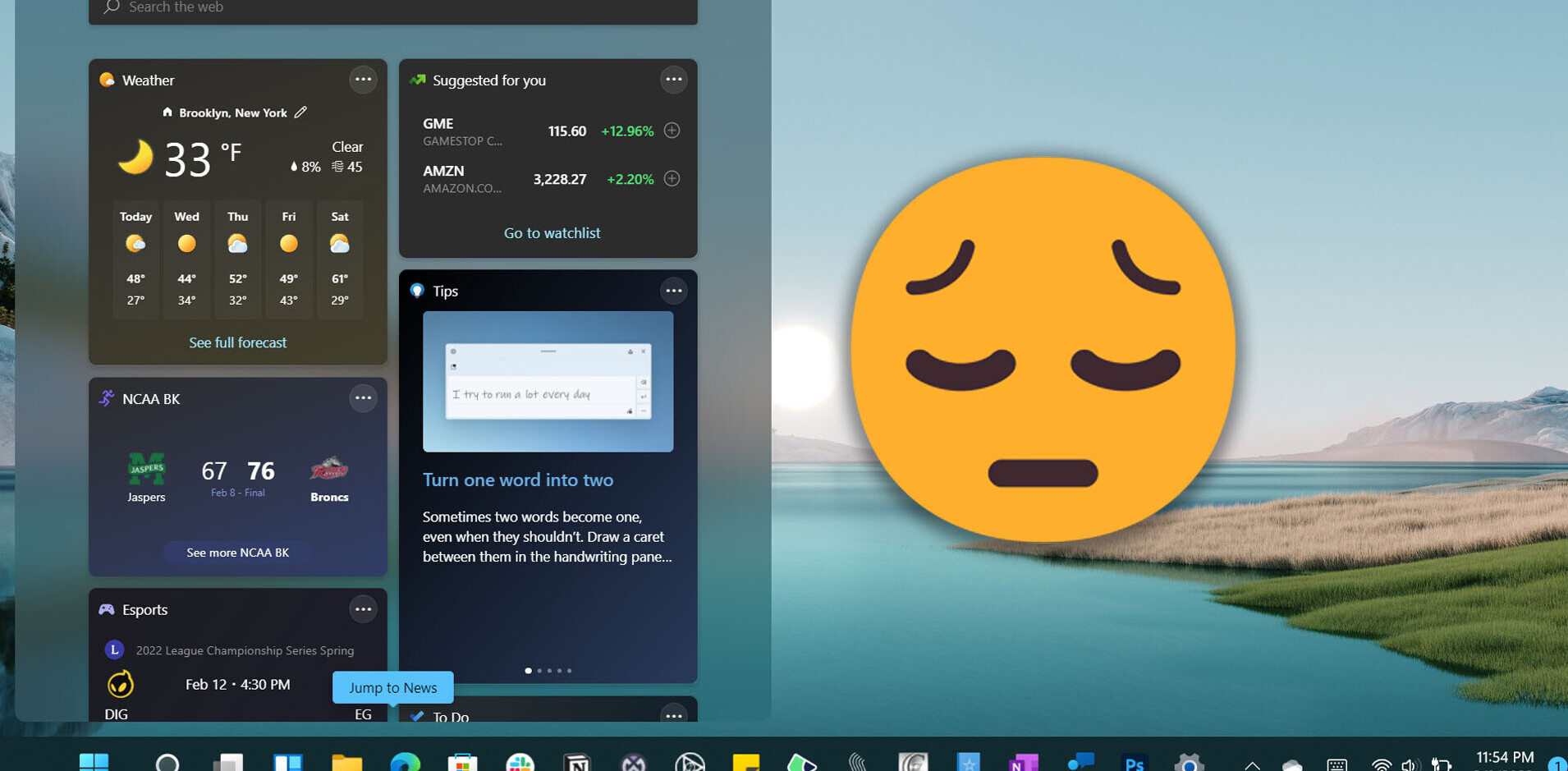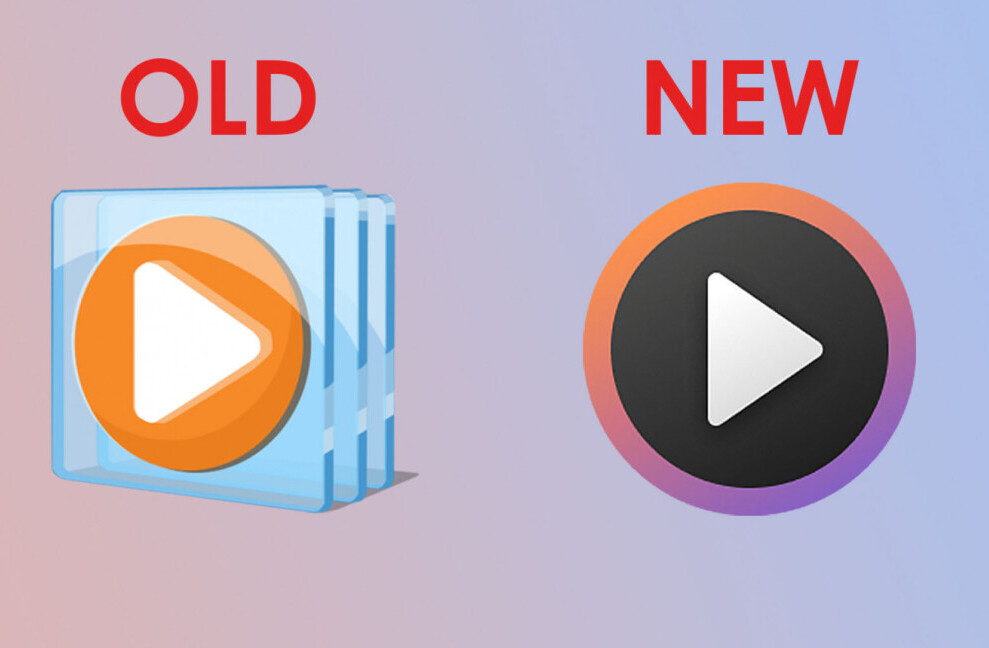
Today Bloomberg’s Dina Bass and her colleagues published a piece reporting that for small form factor tablets, Microsoft either intends to or has cut the price of its Windows RT software for OEMs.
What this means in practice is that Microsoft intends to provide a cost incentive to build on the Windows RT platform, and grant its partners better pricing flexibility, and margin relief if they construct and sell smaller tablets running Microsoft’s current operating system.
On paper it’s a simple proposition: Microsoft wants to sell more tablets, at lower price points, with more form factor diversity. OEMs need a way to sell more devices, maintain per-unit profitability, and differentiate Windows RT tablets from Windows 8 devices in a way that consumers can understand. There is obvious crossover between the two sets of goals.
However, just how far could Microsoft reduce the price of Windows RT is the variable in the above logic; too small a price cut and the impact would be too minor to move the platform forward in any material way. Thus, the size of the potential price cut is the X factor.
We must therefore begin with the price of Windows RT. Last year VR-Zone reported, following interviews with several OEMs, that the cost of Windows RT was perhaps higher than expected. As TNW reported at the time:
A new wrinkle was added today in that what Microsoft intends to charge for Windows RT, which contains a version of its popular Office productivity suite, became known: about $85, at least according to vendors. Microsoft hasn’t made that figure publicly available, unsurprisingly.
That prospective cost declines on a percentage basis the higher the cost of the tablet sold is; or, as the price of a Windows RT tablet increases, the total percentage impact of the cost of Windows RT decreases.
That fact is flipped when the price of the tablet in question decreases, meaning that the lower the price of a tablet sold, the greater the ratio cost of Windows RT becomes. Thus, if Microsoft was hoping that its OEM partners would build a number of smaller, cheaper devices, it would be demanding a larger percentage chunk of their revenue by doing so, provided it kept the price of Windows RT static.
This implies a great pressure to lower the cost of Windows RT for smaller form factor devices, which is precisely what Microsoft intends.
To illustrate how this could function in practice, let’s make two hypothetical assumptions: A $400 Windows RT tablet has a 5% net margin including the current, full price of Windows RT. That would imply that the OEM will make but $20 on the device. Our second assumption will be that Microsoft intends a nearly 50% cut in the price of Windows RT for smaller tablets, or $40.
That would, keeping everything else equal, expand the total net profit from the device from $20, to $60, tripling it. That raises the net margin for the OEM to 15%. A smaller, $20 discount would still double OEM profits in our example. The other side of this may be that OEMs can build small Windows RT tablets at either a breakeven rate, or small loss assuming the full price of Windows RT; the price cut could therefore allow for functional OEM profitability with smaller tablets.
Why Smaller?
Why might Microsoft be focused on selling smaller tablets, if on a per-unit basis the company makes less, and will thus be forced to vend more copies to reach income neutrality (this could lead to fewer tablets being purchased at full price, naturally)? Simply because the unit economics of Windows are not as simple as they once were.
Microsoft doesn’t simply profit from the sale of Windows; with Windows 8 there are various revenue streams that come component to the operating system: SkyDrive subscriptions, Xbox Music subscriptions, incomes from the Windows Store, and so forth. Microsoft might not recoup the full price cut on the average user, if it does bear out to be a steep discount. But other services can blunt its revenue impact.
That’s around half the reason Microsoft can afford the cost: The company is aggressively pushing into mobile services, such as search and other forms of content, market share for which it earns when it sells devices that run its software. Every sold Windows 8 device – RT or not – is a boon for Microsoft’s larger mobile strategy. Taken from a non-monetary perspective, this matters.
Seven and eight inch Windows RT tablets have all their work ahead of them. But if Microsoft can juice its providers with lower fees, it could help the larger Windows ecosystem. The hardware and its pricing will determine success, of course.
Top Image Credit: Vernon Chan
Get the TNW newsletter
Get the most important tech news in your inbox each week.




